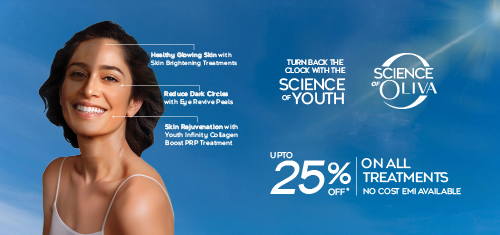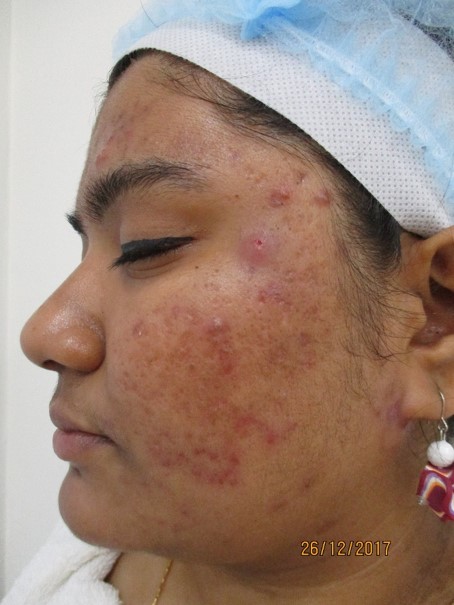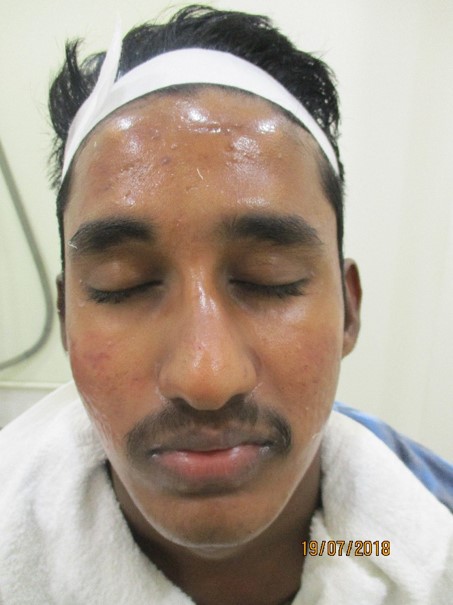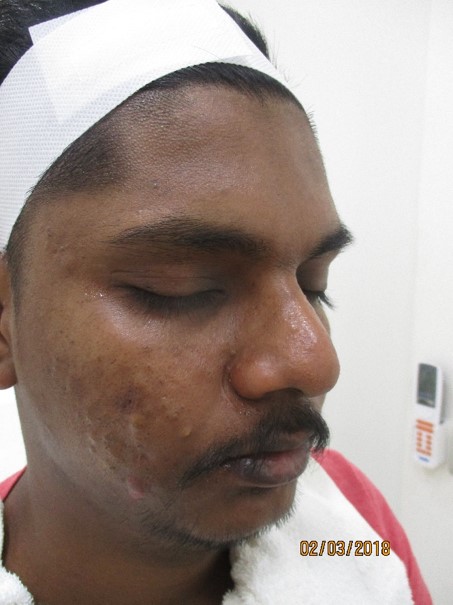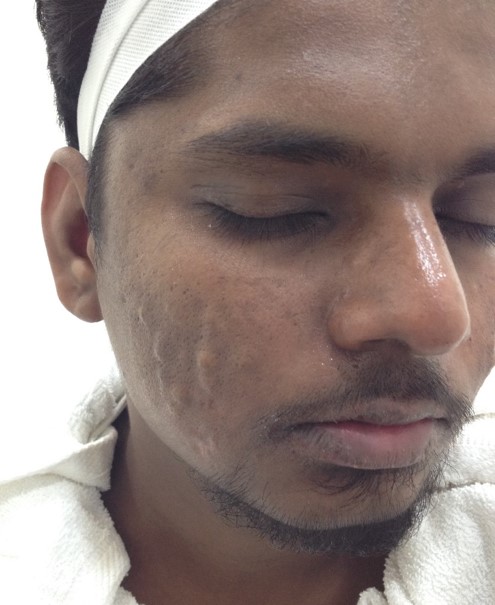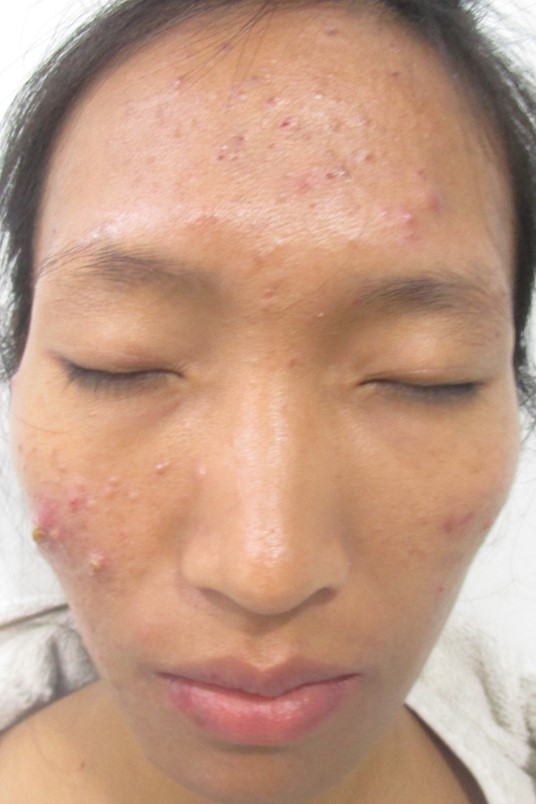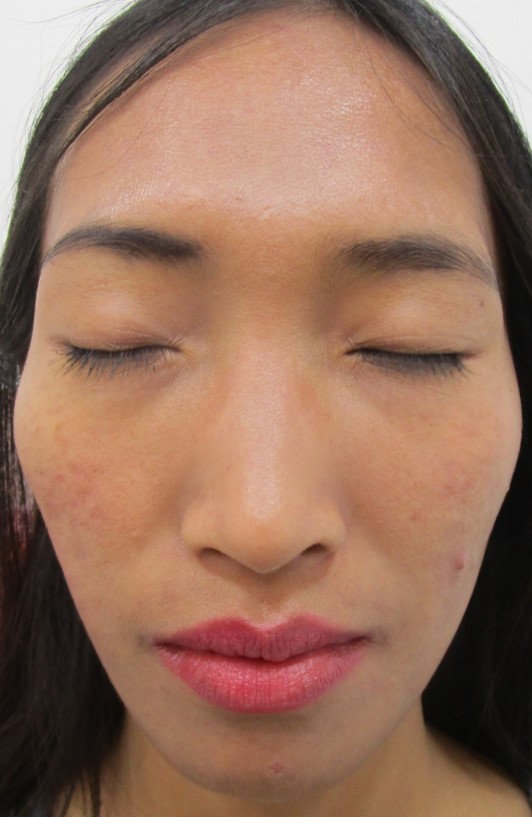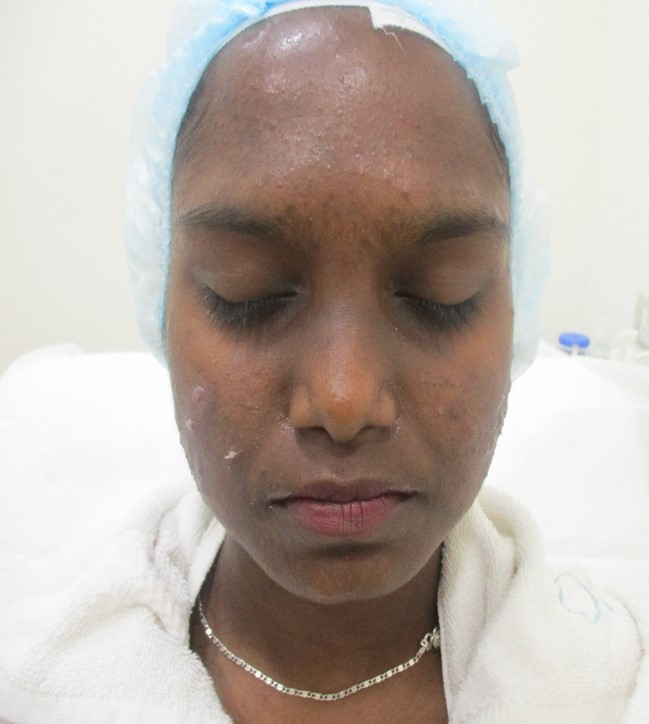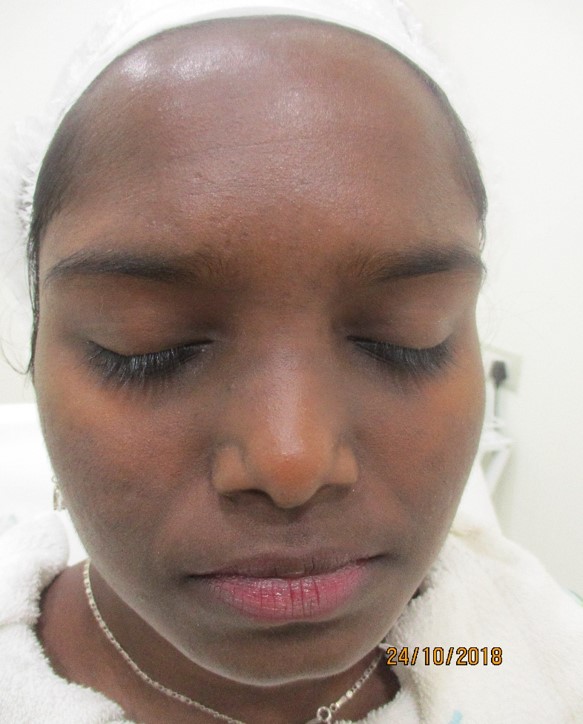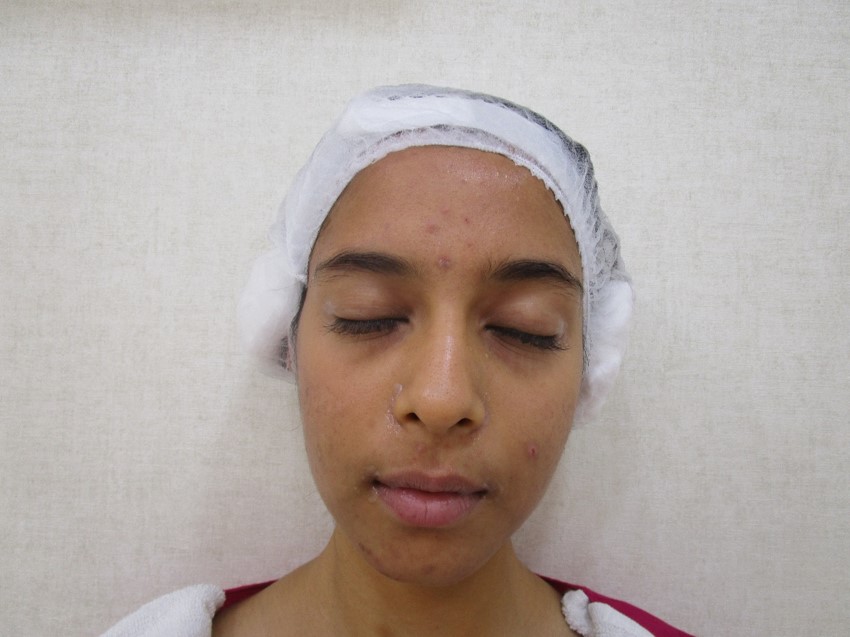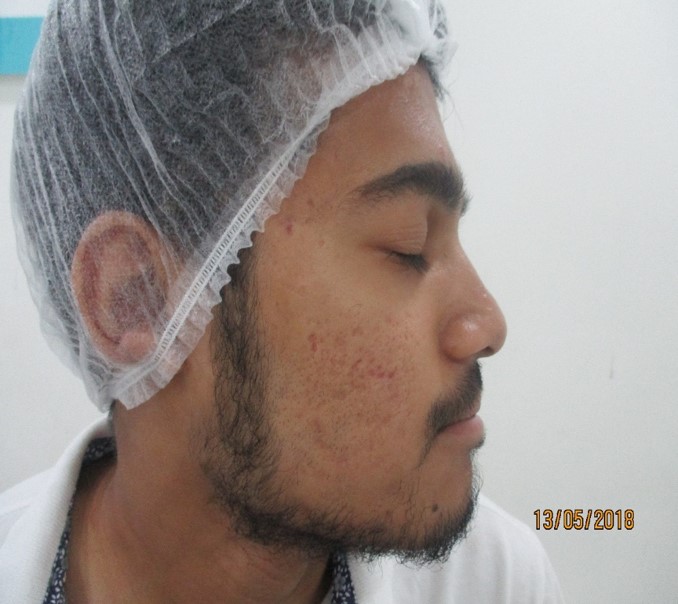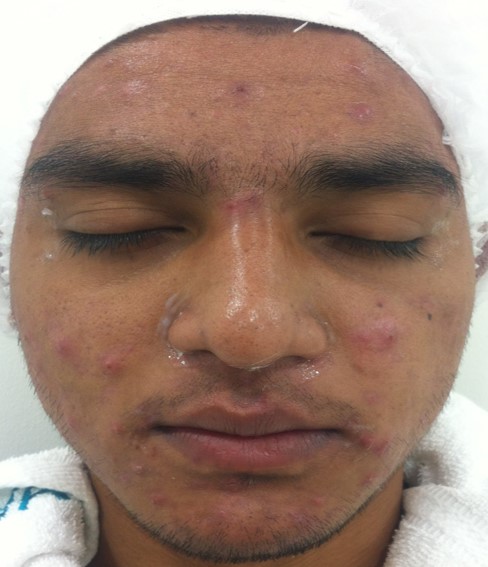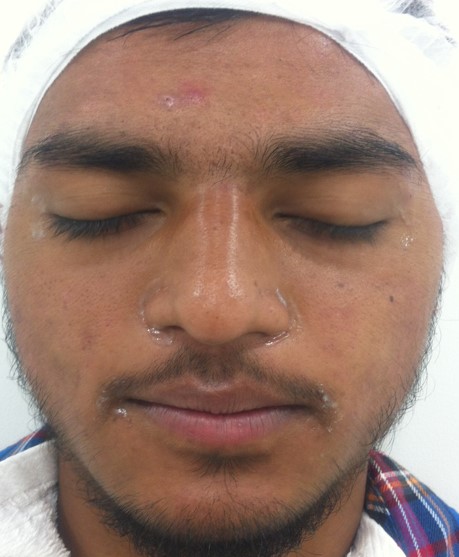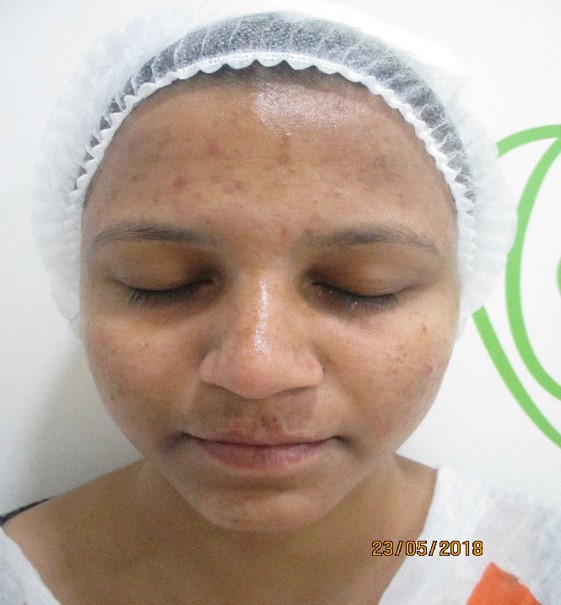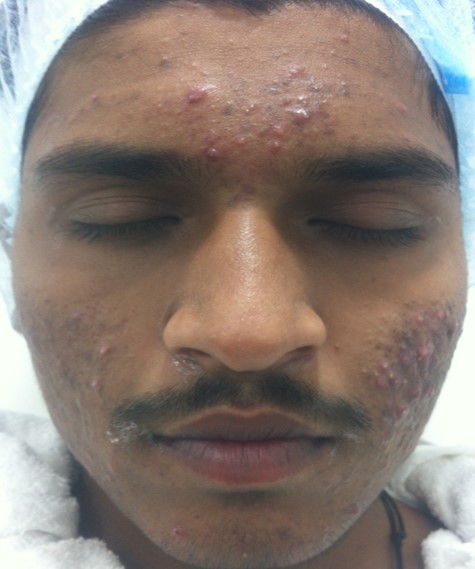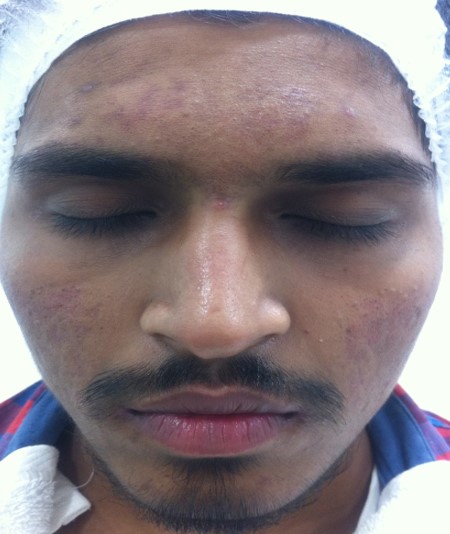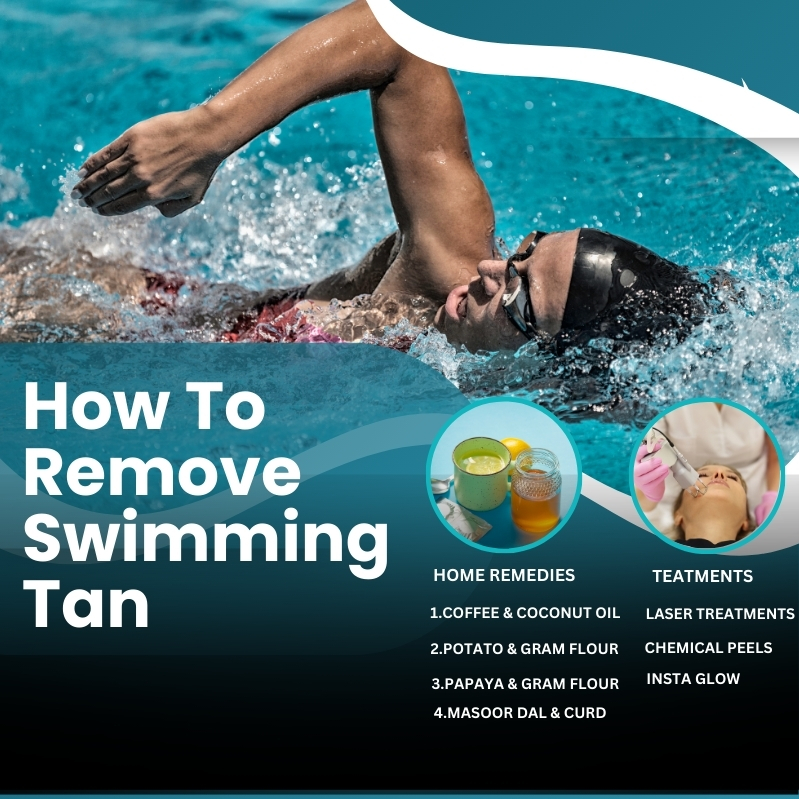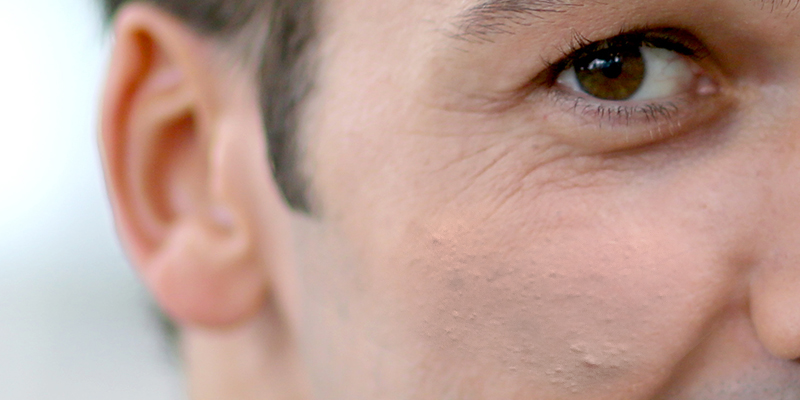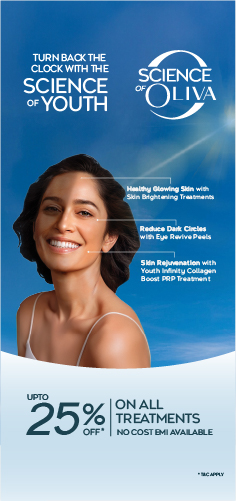In This Article
Salicylic Acid Peel: Benefits, Cost, Before & After Results
Salicylic acid is an excellent ingredient to unclog pores and exfoliate the skin. Salicylic acid chemical peel does the same while rejuvenating the skin. As the skin peels off, it regenerates and gets rid of impurities. This article will explain salicylic acid peel benefits, side effects, treatment, and cost so you can make a well-informed choice for your skin concern.
In This Article
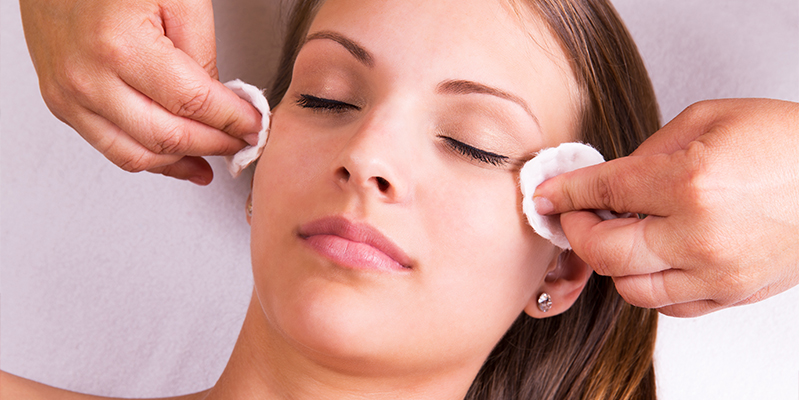
What Is Salicylic Acid Peel & How Does It Work?
Salicylic acid peel is a form of chemical peel that contains salicylic acid, a beta hydroxy acid (BHA). The peel has excellent exfoliating properties and helps in improving skin texture. It works by dissolving the bonds between the skin cells, causing them to peel off. It helps in skin regeneration, which results in healthier and renewed skin. Salicylic acid chemical peel also controls sebum production and reduces oiliness.
Who Is Eligible To Take Salicylic Acid Peel?
Salicylic acid chemical peel shows excellent results for the following skin concerns:
- Acne: Its ability to unclog pores and exfoliate helps minimise acne occurrence.
- Blackheads and whiteheads: Salicylic acid breaks down the impurities trapped in skin pores, reducing blackheads and whiteheads.
- Oily skin: Salicylic acid helps in regulating excess sebum production. This makes the skin less shiny.
- Hyperpigmentation: Salicylic acid chemical peel also treats pigmentation marks.
- Rough skin texture: Salicylic acid peel helps slough off dead skin cells, thereby smoothing out skin texture.
- Enlarged pores: Using salicylic acid chemical peel regularly helps shrink large pores.
- Sun damage: Salicylic acid chemical peel helps remove sunspots and dark spots.
Skin Types Treated By Salicylic Acid Peel
Dermatologists recommend salicylic acid chemical peel treatment for the following skin types:
- Oily Skin: Salicylic acid is oil-soluble and hence shows great results on people with oily skin as it penetrates the pores easily.
- Acne-prone skin: Those with acne-prone skin who experience frequent breakouts can benefit from a salicylic acid peel.
- Resilient skin: Salicylic acid chemical peel is not ideal for those with extra sensitive skin. Hence, it is best suitable for thick skin.
- Dry skin: People with dry skin can try salicylic acid peel after consulting the doctor.
Salicylic Acid Peel Benefits
Below are the key salicylic acid peel benefits:
- Exfoliates skin: Salicylic acid peel helps slough off dead skin cells from the skin’s surface. This keeps the pores from clogging.
- Controls acne: By exfoliating, salicylic acid helps keep frequent acne flare-ups under check.
- Minimise large pores: By removing the build-up of debris and dead skin cells from within the pores, salicylic acid helps to keep them clear and shrink them when used over time.
- Suitable for all skin types: Salicylic acid chemical peel helps treat multiple concerns for most skin types except very sensitive ones.
- Treats blackheads and whiteheads: Salicylic acid clears all the build-up from the skin pores, helping reduce blackheads and whiteheads.
- Reduces fine lines and wrinkles: Salicylic acid also minimises the appearance of fine lines and wrinkles.
- Treats melasma: Salicylic acid helps fade dark melasma spots by encouraging the shedding of pigmented cells.
- Treats sun damage: Salicylic acid peel helps clear damage caused by the sun and clear mild dark spots.
- Improves skin texture: The exfoliating properties of salicylic acid chemical peel also help improve the skin texture.
- Improves hyperpigmentation: Salicylic acid peel treats the marks and spots associated with hyperpigmentation and provides a brightening effect.
Salicylic Acid Peel Procedure
Pre-treatment:
Before the treatment, the dermatologist will use a gentle cleanser to remove the impurities from the skin. They ensure that it is thoroughly cleaned before applying the peel. Then, they conduct a patch test in a small area to ascertain any allergies or adverse reactions.
During treatment:
The dermatologist applies a thin layer of the peel using a cotton ball while avoiding any areas with open wounds. After covering the affected areas, they will allow the peel to sit on the skin for the recommended time. They will apply a neutralising solution to remove the peel. Alternatively, they may also use cool water.
Post-treatment:
The dermatologist will apply a hydrating solution to soothe the skin after the peel. The doctor will recommend limiting sun exposure post-treatment, as the skin gets highly sensitive.
Salicylic Acid Peel Recovery
During salicylic acid peel recovery, you will experience mild peeling, usually on Day 3 and Day 4 after the treatment. The entire recovery process will be for 1 to 2 weeks.
Before and After Results of the Salicylic Acid Peel Treatment
Once the treatment is complete, it will take about 3-4 weeks to experience the improvement in your skin texture. After the peel, you will observe that the appearance of your acne and pimple marks reduce visibly.
However, this treatment requires multiple sessions, depending upon the severity of your skin condition. You may need to undergo 4 to 6 peels which can be done once in every 3-4 weeks. You will notice that your skin looks brighter than before once you complete the treatment.
Cost of Salicylic Acid Peel Treatment
The average price of a salicylic acid peel starts from Rs 1500. Many factors determine this cost, such as the concentration of the peel, the skin concern requiring treatment, the experience and expertise of the dermatologist, and the location and reputation of the skin clinic.
DISCLAIMER:
Please note that the prices mentioned are indicative and may vary depending on the specific treatment, choice of technology, and underlying skin or hair conditions. Prices are also subject to change based on ongoing promotions or offers at the clinic. For an accurate estimate, please consult with our dermatologist.
Precautions to Take When Undergoing a Salicylic Acid Peel
Keep the following pointers in mind while getting a Salicylic Acid Peel:
- Ensure that you do not shave, use masks, scrubs or exfoliate at least 72 hours before applying the peel. Try to avoid tanning and sun exposure while undergoing the peel treatment. Ideally, avoid waxing one week before and after the procedure.
- Avoid the use of loofahs, facial masks, products with glycolic or lactic acid and Vitamin A. Do not undergo electrolysis and dermabrasion before and after the treatment.
- If you have a cold sore, undergo the SAP treatment only after you recover.
- Share information about your allergies, skin conditions, medications, and complete medical history with your dermatologist.
Is It Safe To Get The Salicylic Peel Done At Home?
Salicylic acid chemical peel is usually considered safe for most skin types. You can get at-home peels as well, but they are not effective. They are not as potent as professional peels at your dermatologist’s clinic. Therefore, it is advisable to get them administered from a professional clinic.
Salicylic Acid Peel Side Effects
While salicylic acid peels are generally safe, they cause certain side effects:
- Redness
- Scaling
- Excessive dryness
- Itching
- Swelling
Therefore, salicylic acid chemical peels are not recommended for some people. Salicylic acid peel is not ideal for someone who:
- Who is pregnant or breastfeeding
- Who is allergic to salicylates
- Who has affected areas with open wounds or fresh cut
- Who has active infection on the skin or contact dermatitis
- Those who use isotretinoin (Accutane)
- Someone who has skin cancer
Salicylic Acid Peel Vs Glycolic Acid Peel
The difference between a Salicylic Acid Peel and a Glycolic Acid Peel are as follows:
| Salicylic Acid Peel | Glycolic Acid Peel |
| It is a beta hydroxy acid | It is an alpha hydroxy acid |
| Effective in treating acne | Used for primarily removing hyperpigmentation |
| This acid penetrates the hair follicles | Glycolic acid penetrates the skin better |
| This acid is fat-soluble | This acid is water-soluble |
Takeaway
For those suffering from frequent breakouts and hyperpigmentation concerns, salicylic acid peels offer an excellent professional treatment. Remember that peels are sensitive to handle and need precision and the expertise of an experienced dermatologist. 📞Talk to your dermatologist in detail about your skin concerns to choose the strength of the appropriate peel. The dermatologist is the only person who can ensure the safety and effectiveness of salicylic acid peel.
Frequently Asked Questions
Yes, salicylic acid can break down pigmented cells and clear them to reveal lightened and brightened skin.
Salicylic acid peeling often lasts for about 5 to 7 days.

